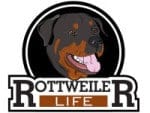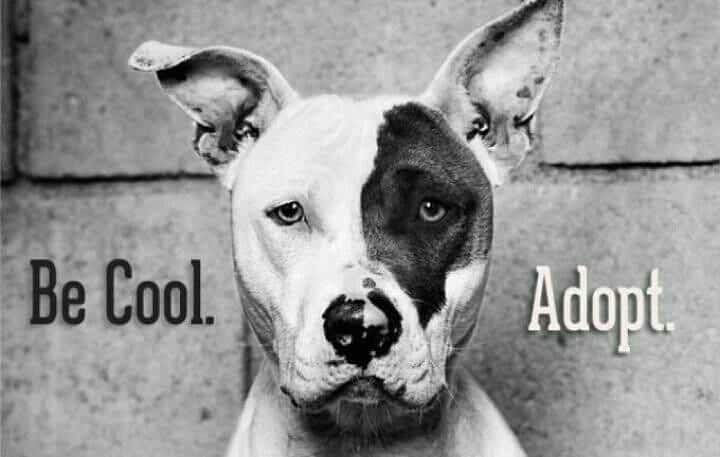Dear Adam:
I purchased your book about 5 months ago, and I was hoping that might would “entitle” me to some advice. First, let me say that I’m very satisfied with my purchase. Not only does it give advice on specific techniques, but, more importantly, it explains the foundation of all training–timing, motivation, consistency–allowing the dog owner to better understand the training process. Also, it does a very good job of explaining that dogs are pack animals–and will test the alpha’s leadership at various times (in my case, all the time)–and how that factors into training. Finally, I like your common sense approach, e.g., “stay” is a double command, if the dog’s not supposed to break a sit or down without the release command, why do we need to tell it to stay.
My question is not about dog training, however, but about breeds of dogs. Specifically, APBTs [American Pit Bull Terriers] and AmStaffs [American Staffordshire Terriers]. The AKC does not recognize the APBT as a breed, however, many dog fanciers recognize the two as separate breeds even though they share a common origin and look very similar. Or, if not separate breeds, two “strains” of the same breed, the AmStaff being bred for “show” and the APBT being bred for “performance” – meaning the gameness of the original dogs has largely been bred out of AmStaffs, but still remains in APBTs. I’d like to hear your take on this subject since you own and have owned APBTs or mixes thereof.
The reason I ask is that I’m considering getting an AmStaff or a Staff Bull Terrier. My wife and I currently own a Dalmatian, however, so I’m a bit concerned about the two getting along, especially when I’m not around. Should I stay away from these breeds? I’ve had one breeder tell me they should be fine if the Staff is introduced as a puppy, while another told me never to leave them together alone. What would be your recommendation (I realize all dogs are individuals and may possess different traits than others of the same breed)?
Thanks,
Ryan Fehlig
Dear Ryan:
Thanks for the kind words. You’ve asked an excellent question!
I love the bull breeds, personally. And while everything you’ve stated is pretty much “right on the money,” … I would suggest that if you decide to adopt one of these breeds you make sure that:
1. The dog you’re adopting is the opposite sex of the dog you already own.
2. If the new dog is a male, then neuter him before he hits sexual maturity. (Before 1 year of age.)
3. If the other dog is a male, then definitely neuter him. (Although this will not be a “cure-all” it may help somewhat.)
It’s true… many of the dogs in this breed seem to have a genetic basis for dog aggression. I don’t think that they come out of the womb being dog aggressive, but rather that they have temperament characteristics that tend to make them more dog aggressive. (i.e., dominance and a strong defensive nature).
As for the difference between the APBT and the AmStaff, the difference is largely one of registration. (AKC vs. UKC). And yes, the AKC version has been bred with more of an emphasis on conformation (like all AKC breeds).
If I were to adopt another bull breed, it would likely be the Staffordshire Bull Terrier (the smallest of the “pit bull” breeds). I like the idea of having a big dog in a small package. But to be honest, I’m really tired of the media stigma that this breed has received. And in real life terms, this means having a dog that you can never really take off leash at a park – not because the dog is dangerous or untrained – but rather because people are so darn afraid of what the media has led them to believe about this breed, that they snatch up their children and run screaming from the park.
On the upside, this stigma can work in your favor, too. Most criminals know that a “pit bull” is the type of dog that you don’t want living in the house that you’re about to rob.
On a personal note, there was a character who let his Rottweiler run off leash at the park I used to train at. This dog had a bad attitude and was a very dominant-aggressive dog. The owner was under the impression that his dog was trained. He’d give multiple commands, such as, ‘Ranger come, come, come, come,’… but all Ranger would do is engage my clients’ dogs and try to initiate a dog fight.
Well, after I adopted Forbes (an APBT-mix that looks like one big muscle and is about as wide as a Mack truck) and started keeping him in a down-stay while I worked with my clients’ dogs… Ranger’s owner suddenly started keeping their dog on a much shorter leash. If he didn’t attach his dog to a leash as soon as he saw me enter the park, then he’d definitely run to grab his dog THE VERY INSTANT that he saw that Ranger wasn’t going to immediately turn and come when called.
I guess that’s what you call motivation, eh?
Yes… it’s probably a macho thing. But IF there is a stigma, then you might as well use it to your advantage to encourage reckless dog owners with untrained dogs to keep their mutts on-leash.
That’s all for now, folks!



